 Date: 2012-11-26 12:56:54Bats Population ecology Speleology Syndromes White nose syndrome Geomyces destructans Geomyces Indiana bat Little brown bat Biology Mycology Health | |  Bat White-Nose Syndrome in North America Since 2007, infections by a previously unrecognized, perhaps imported fungus killed an estimated 1 million bats in North America David S. Blehert, Jeffrey M. Lorch, Anne E. Ballma Bat White-Nose Syndrome in North America Since 2007, infections by a previously unrecognized, perhaps imported fungus killed an estimated 1 million bats in North America David S. Blehert, Jeffrey M. Lorch, Anne E. Ballma
Add to Reading ListSource URL: www.microbemagazine.orgDownload Document from Source Website File Size: 1,15 MBShare Document on Facebook
|

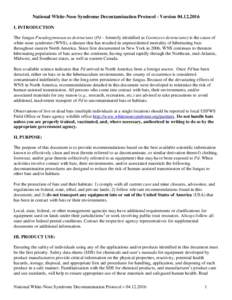
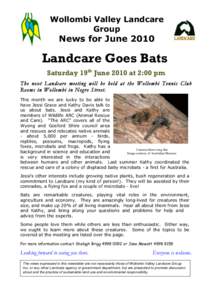
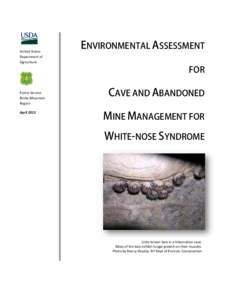
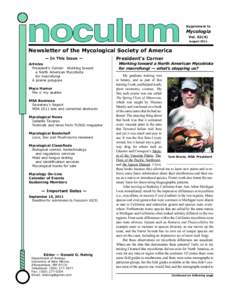
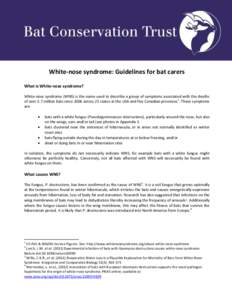
 Bat White-Nose Syndrome in North America Since 2007, infections by a previously unrecognized, perhaps imported fungus killed an estimated 1 million bats in North America David S. Blehert, Jeffrey M. Lorch, Anne E. Ballma
Bat White-Nose Syndrome in North America Since 2007, infections by a previously unrecognized, perhaps imported fungus killed an estimated 1 million bats in North America David S. Blehert, Jeffrey M. Lorch, Anne E. Ballma